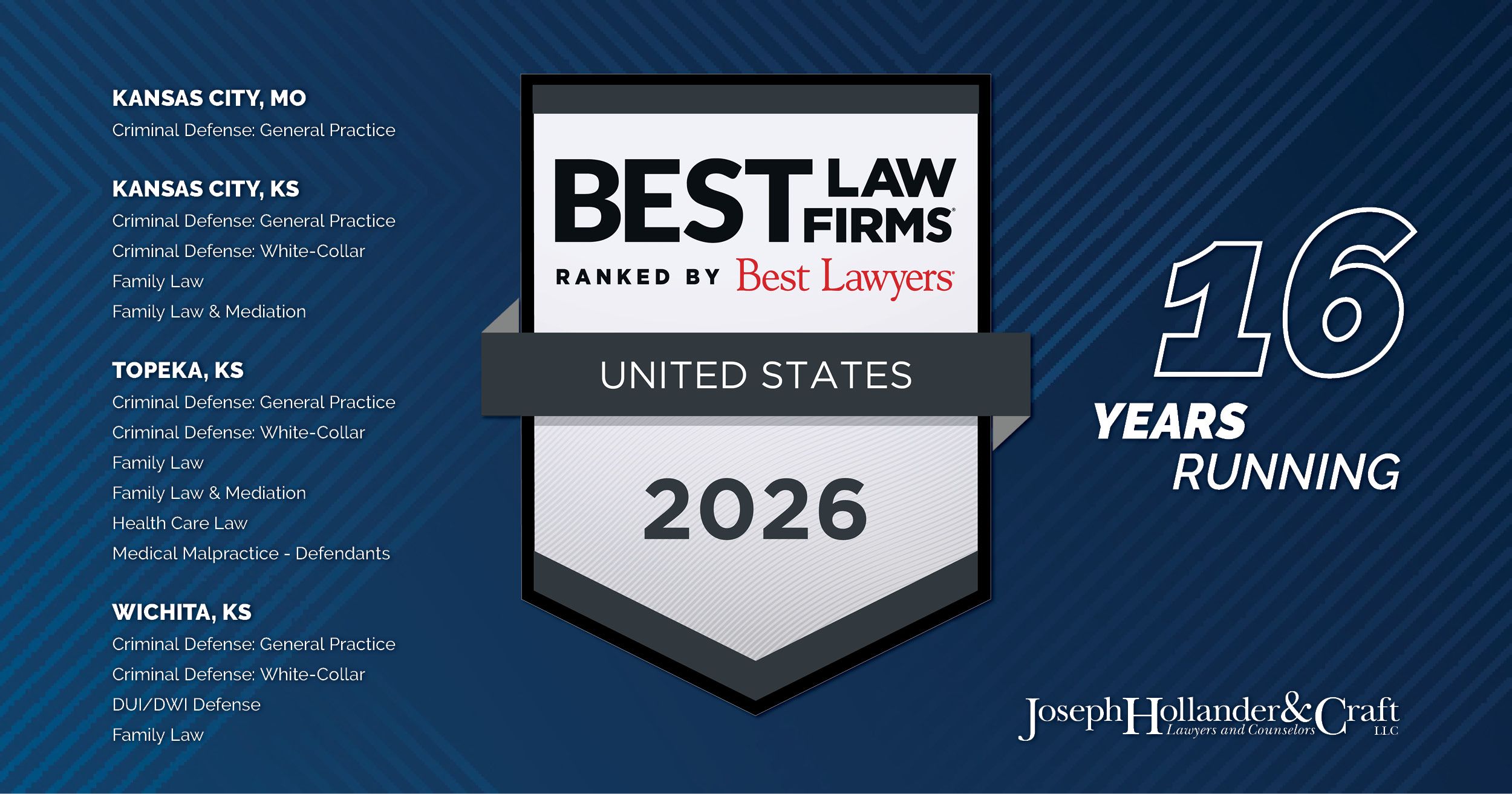On March 26, 2020, United States Attorney General William Barr issued a memorandum to the Bureau of Prisons (BOP) addressing the release of some BOP inmates to home confinement in response to the COVID-19 pandemic.
News outlets quickly began reporting the memo with headlines like this one from cbsnews.com: “Barr tells federal prisons to send inmates home in response to coronavirus outbreak.” But it is not quite that simple.
Barr’s memo does not grant any relief that was not available before the pandemic. It simply instructs the BOP to “prioritize the use of your various statutory authorities to grant home confinement for inmates seeking transfer in connection with the ongoing COVID-19 pandemic.” In other words, it tells the BOP to follow the laws that already authorized release—and to not drag its feet in response to inmates’ requests.
Eligibility for home confinement remains the same:
(c) Prerelease custody.
(1) In general. The Director of the Bureau of Prisons shall, to the extent practicable, ensure that a prisoner serving a term of imprisonment spends a portion of the final months of that term (not to exceed 12 months), under conditions that will afford that prisoner a reasonable opportunity to adjust to and prepare for the reentry of that prisoner into the community. Such conditions may include a community correctional facility.
(2) Home confinement authority. The authority under this subsection may be used to place a prisoner in home confinement for the shorter of 10 percent of the term of imprisonment of that prisoner or 6 months. The Bureau of Prisons shall, to the extent practicable, place prisoners with lower risk levels and lower needs on home confinement for the maximum amount of time permitted under this paragraph.
18 U.S.C. 3624. That last sentence of 18 U.S.C. 3624(c)(2), which was added by the First Step Act (passed in December 2018), already directed the BOP to release inmates from prions facilities to home confinement. Barr’s memo does little more than to remind BOP of this statutory authority to act.
To be fair, it is possible the BOP needed a reminder. It is notorious for dragging its feet in similar matters. That’s why it was such a big victory when the First Step Act amended 18 U.S.C. 3582 to direct the BOP to act within a certain period of time when an inmate is diagnosed with a terminal illness that might make him eligible for “compassionate release” (a sentence reduction resulting in release of an offender under extraordinary circumstances).
Some commentators are puzzled that Barr’s memo did not specifically address compassionate release options in addition to home confinement. But that doesn’t mean it can’t be helpful. 18 U.S.C. 3582(c)(1) provides:
In any case,
(A) the court, upon motion of the Director of the Bureau of Prisons, or upon motion of the defendant after the defendant has fully exhausted all administrative rights to appeal a failure of the Bureau of Prisons to bring a motion on the defendant’s behalf or the lapse of 30 days from the receipt of such a request by the warden of the defendant’s facility, whichever is earlier, may reduce the term of imprisonment (and may impose a term of probation or supervised release with or without conditions that does not exceed the unserved portion of the original term of imprisonment), after considering the factors set forth in section 3553(a) to the extent that they are applicable, if it finds that:
(i) extraordinary and compelling reasons warrant such a reduction; or
(ii) the defendant is at least 70 years of age, has served at least 30 years in prison, pursuant to a sentence imposed under section 3559(c), for the offense or offenses for which the defendant is currently imprisoned, and a determination has been made by the Director of the Bureau of Prisons that the defendant is not a danger to the safety of any other person or the community, as provided under section 3142(g);
and that such a reduction is consistent with applicable policy statements issued by the Sentencing Commission.
Particularly with regard to subsection 3582(c)(1)(A)(ii), the considerations are the same as those identified in Barr’s memo—advanced age (which is a risk factor for COIVD-19) and relative risk to public safety. Since Barr’s memo acknowledges the urgency of the health risk and potential for spread in prison facilities, it could still give a boost to motions for compassionate release.
But anyone considering a motion for compassionate release must act fast. For someone who has already contracted the coronavirus, it is already too late. Older inmates who meet the requirements of subsection 3582(c)(1)(A)(ii) and inmates with non-violent histories and underlying conditions must act now.













